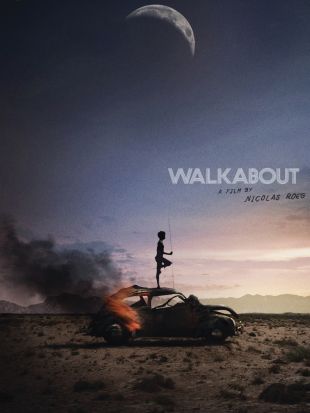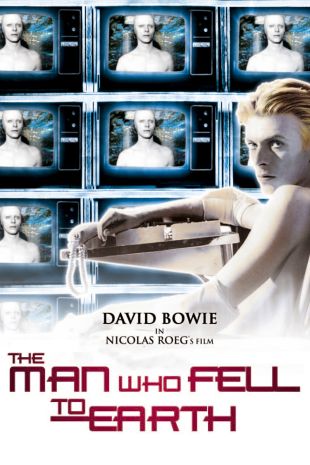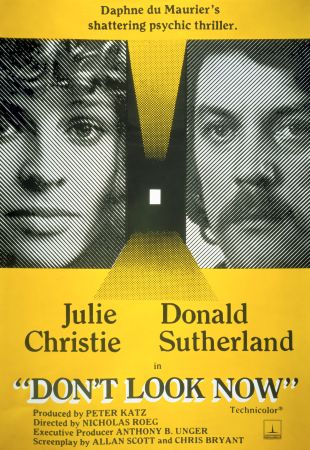Acclaimed British cinematographer Anthony Richmond's résumé not only spans more than half a century, but boasts multiple collaborations with a veritable who's-who of five-star international filmmakers and some of the most intelligently crafted features to have emerged from the U.S. and Britain in the post-'60s cinematic Zeitgeist.
A self-made professional, the London-born Richmond entered the film world at the tender age of 15, with an entry-level position as messenger boy at Associated British Cinemas. He then climbed up from the bottom of the ranks, transferring to Pathé-News with a promotion to the camera department, first as a clapper boy and later -- on 1968's Casino Royale -- as a focus puller. In 1964, Richmond met iconoclast Nicolas Roeg (then a cameraman), thus beginning a lengthy friendship that would result in a series of astonishing professional collaborations and some of the finest work of either's career (Walkabout, Don't Look Now, The Man Who Fell to Earth, Bad Timing).
Richmond officially debuted as a D.O.P. under the directorial wing of a giant -- the late Basil Dearden -- for 1967's Only When I Larf. A kind of early Grifters-style comedy about a trio of con artists (David Hemmings, Alexandra Stewart, and the eminent Richard Attenborough), the film opened to generally favorable, if not spectacular, reviews; Variety tagged it "a pleasant little joke" and deemed the technical contributions (from Richmond and others) satisfactory. Two dozen features followed throughout the '70s and '80s; during this period, Richmond's directorial collaborators included Roeg, Jean-Luc Godard, Blake Edwards, Ivan Passer, J. Lee Thompson, and many others.
Richmond's greatest cinematographic accomplishment during these two decades was probably Don't Look Now, thanks to his ability -- together with Roeg (who did uncredited cinematographic work on the piece) -- to lens an almost subliminal series of rapid-fire occultic images, establish a feeling of almost tangible dread and malaise, and evoke wintry Venice more atmospherically than any feature before or since. The reviews that praised Don't Look Now invariably singled out Richmond's work on it; Roger Ebert wrote, "I've been though the film a shot at a time, paying close attention to the use of red as a marker in the visual scheme. It is a masterpiece of physical filmmaking, in the way the photography evokes mood and the editing underlines it with uncertainty." Amid production on Don't Look Now, Richmond and Roeg also made movie history by purportedly shooting the first non-simulated love scene (between Donald Sutherland and Julie Christie) in a mainstream commercial feature.
Richmond helmed commercials for KMart and made occasional forays into directing, such as 1984's Déjà Vu. That film, however, failed to receive broad distribution and slipped past most critics, which doubtless encouraged Richmond to adhere to his primary craft. The cinematographer's activity dipped during the '80s (though he lensed Blake Edwards' That's Life! and Sunset, among others), but reaccelerated in the '90s and 2000s, when his credits included The Indian Runner (1991), Bastard Out of Carolina (1996), Legally Blonde (2001), Dumb and Dumberer: When Harry Met Lloyd (2003), John Tucker Must Die (2006), and Employee of the Month (2006). As is apparent from even this brief list, Richmond's roster of projects became increasingly geared toward audience-pleasers as the years rolled on, doubtless because of the growing dominance of Hollywood product in the international marketplace.
Richmond wed the former Breck model, Charlie's Angels alum, Kmart spokeswoman, and telemovie mainstay Jaclyn Smith in 1981; it marked her third marriage and his first. The couple divorced eight years later after having two children.


